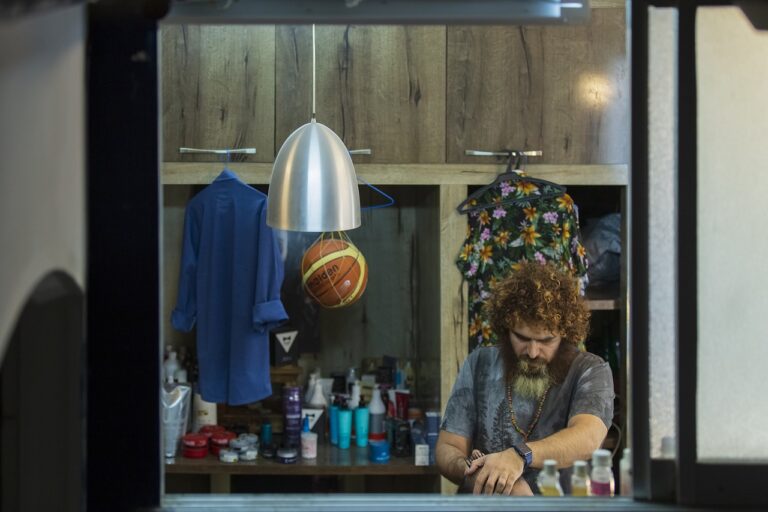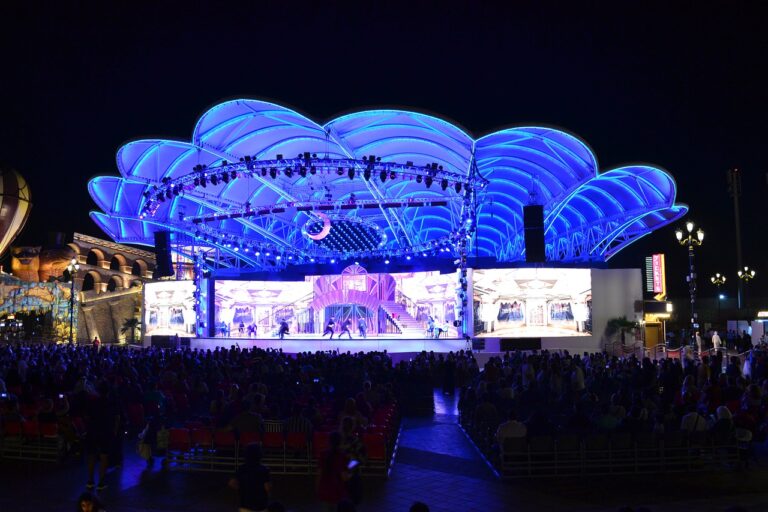Leveraging Augmented Reality for Virtual Furniture Try-Ons in the Home Goods Industry
Augmented Reality (AR) technology has revolutionized the way consumers interact with products in the home goods industry. By allowing customers to visualize furniture and other items in their own living spaces before making a purchase, AR enhances the overall shopping experience. This innovative technology bridges the gap between the online and physical retail worlds, providing a more immersive and personalized shopping journey for consumers.
One of the key benefits of implementing AR in the home goods industry is the increased confidence it gives to customers when making purchasing decisions. By being able to see how a piece of furniture will look and fit in their homes, shoppers can make more informed choices, ultimately reducing the likelihood of returns and increasing overall satisfaction. Additionally, AR can lead to higher engagement levels and conversion rates for retailers, as it offers a unique and interactive way for customers to explore and visualize products in a virtual setting.
How Augmented Reality Enhances Customer Experience
Augmented Reality (AR) has revolutionized the way customers interact with products, offering an immersive and interactive experience unlike traditional shopping methods. By superimposing virtual furniture items into a real-life environment through a mobile phone or tablet, customers can visualize how the pieces will look and fit in their own homes. This technology bridges the gap between online shopping and in-store experiences, helping customers make more informed purchasing decisions.
In addition, AR enhances customer engagement by allowing them to customize and personalize products in real-time. With the ability to choose different colors, finishes, sizes, and styles, customers can tailor the furniture to their preferences before making a purchase. This level of personalization not only creates a unique shopping experience but also increases customer satisfaction and loyalty. AR empowers customers to feel a stronger connection to the products they are considering, ultimately driving sales and building brand trust.
Challenges of Implementing Augmented Reality in Furniture Try-Ons
Implementing augmented reality (AR) technology in the furniture industry presents several challenges. One major hurdle is the requirement for high-quality 3D modeling of furniture items. Achieving realistic renderings of products in AR applications demands significant time and resources, as each piece must be carefully scanned and digitized to ensure accurate representation in the virtual space.
Moreover, another challenge lies in ensuring seamless integration of AR technology across various devices and platforms. Compatibility issues can hinder the user experience and limit the accessibility of AR furniture try-on features to a broader audience. As different operating systems and hardware specifications exist, developing a universally compatible AR solution for furniture try-ons proves to be a complex task for retailers seeking to enhance the customer shopping experience.
– High-quality 3D modeling of furniture items is crucial for realistic AR renderings
– Time and resources are required to scan and digitize each piece accurately
– Seamless integration across different devices and platforms is a challenge
– Compatibility issues can hinder user experience and accessibility
– Developing a universally compatible AR solution for furniture try-ons is complex
What are the benefits of using augmented reality for the home goods industry?
Augmented reality allows customers to visualize how furniture will look in their own space before making a purchase, reducing the likelihood of returns and increasing customer satisfaction.
How does augmented reality enhance the customer experience?
Augmented reality provides a more interactive and engaging shopping experience, allowing customers to virtually try on furniture and see how it fits in their home without the need to physically visit a store.
What are some of the challenges of implementing augmented reality in furniture try-ons?
Some challenges include the cost of developing and maintaining augmented reality technology, ensuring compatibility with various devices, and providing a seamless user experience that accurately represents the furniture in the customer’s space.







